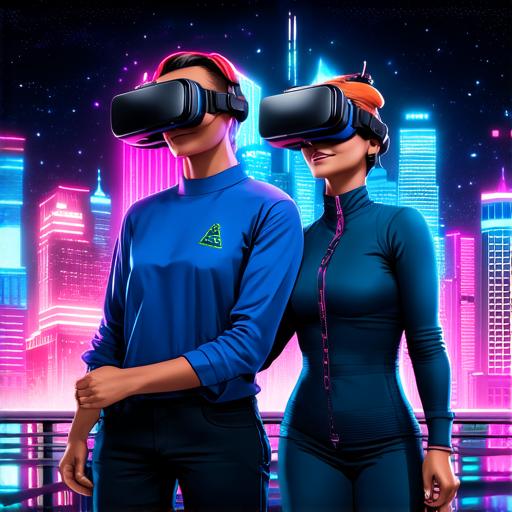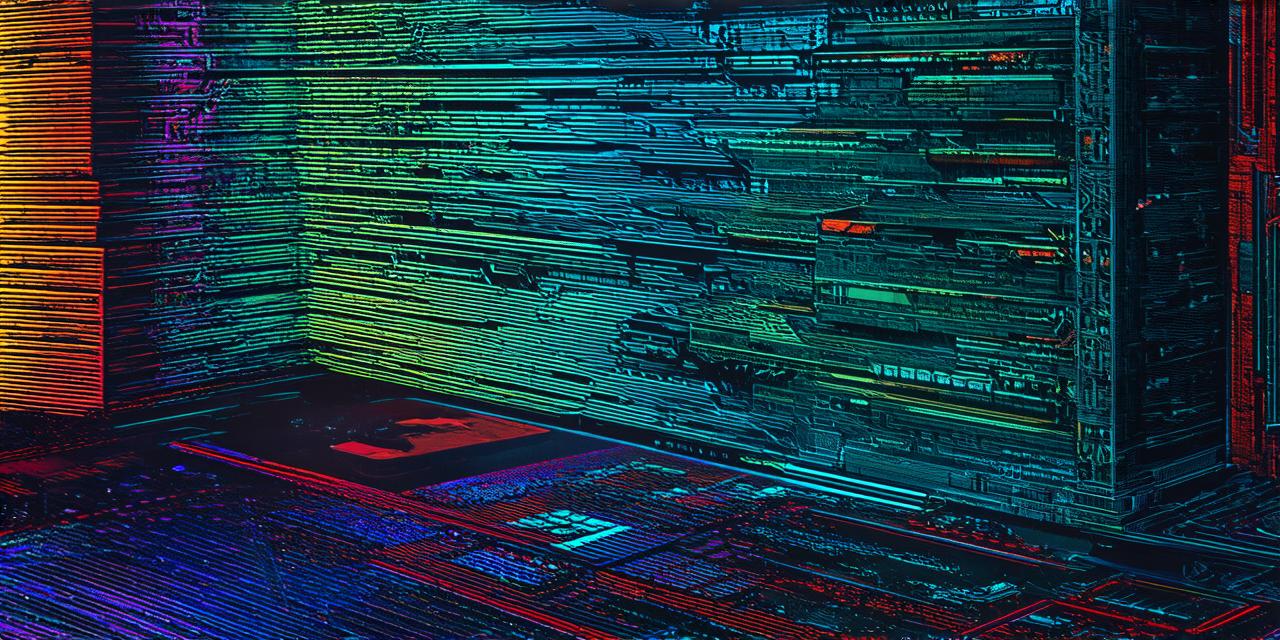Virtual reality (VR) is a technology that allows users to experience an artificial environment as if they were physically present in it. The concept of VR dates back to the 19th century, but its development has been slow and sporadic until recent years when advancements in computer hardware and software have made it more accessible and affordable for consumers.
Origins of Virtual Reality
The earliest known attempts at creating a virtual environment date back to the 1800s. In 1837, French inventor Émilie du Châtelet created a device called the “Stereoscope” that could project two different images onto a single screen. This was an early form of stereo vision, which is a technique used in VR to create a more realistic and immersive experience by presenting two slightly different views from each eye.
Evolution of Virtual Reality
The evolution of virtual reality can be divided into several key stages:
- Early Experiments (1960s-1970s)
During the 1960s and 1970s, researchers began experimenting with VR technology in earnest. In 1962, American computer scientist Ivan Sutherland created “Skywalk,” a simple VR system that allowed users to walk through a virtual room and interact with objects within it. This was one of the first VR systems ever built and marked the beginning of the field.
2. Development of VR Headsets (1980s-1990s)
The development of VR headsets in the 1980s and 1990s allowed for more advanced and immersive experiences. In 1983, computer scientists Robert Cannon and Richard Wilson created the first VR headset, known as the "Head-Mounted Display" (HMD). This device used a single screen to display images and was limited in its ability to track movement.
3. Emergence of Consumer Market (2000s)
In the early 2000s, virtual reality technology began to gain traction in the consumer market. Companies like Sony, Sega, and Nintendo released VR gaming systems that allowed users to experience games in a more immersive way. While these systems were not commercially successful, they marked an important milestone in the development of VR as a mainstream technology.
4. Modern VR Devices (2010s-Present)
The 2010s saw the release of several high-profile VR devices, including Oculus Rift, HTC Vive, and PlayStation VR. These devices use advanced sensors and software to track movement and provide a more realistic and immersive experience. They have been widely adopted for gaming, education, entertainment, and medical treatments.
Virtual Reality Today
<p class="article-text>Today, virtual reality technology has become increasingly popular and accessible. With the rise of consumer-grade VR devices, more people than ever before are experiencing immersive environments and interacting with virtual objects in a way that was previously impossible. The applications for VR are vast and varied, from gaming and entertainment to education, healthcare, and architecture.
One of the key drivers behind the growth of VR is its ability to create highly engaging and memorable experiences. Research has shown that people who experience VR are more likely to remember information and have a greater emotional connection to it than those who experience it in other ways. This makes VR an attractive tool for training, education, and marketing.
The Future of Virtual Reality
As virtual reality technology continues to evolve, it is likely that we will see even more innovative uses for it in the future. Some of the areas where VR is likely to have a significant impact include:

- Healthcare
Virtual reality technology has already been used in healthcare to treat conditions like PTSD, anxiety disorders, and chronic pain. It has also been used in surgical training and simulation, allowing doctors and nurses to practice complex procedures in a safe environment. In the future, we can expect to see more applications of VR in healthcare, including virtual therapy and rehabilitation.2. Education
Virtual reality technology has the potential to revolutionize education by providing students with immersive learning experiences that are more engaging and memorable than traditional classroom settings. It can be used for everything from language learning and history simulations to
